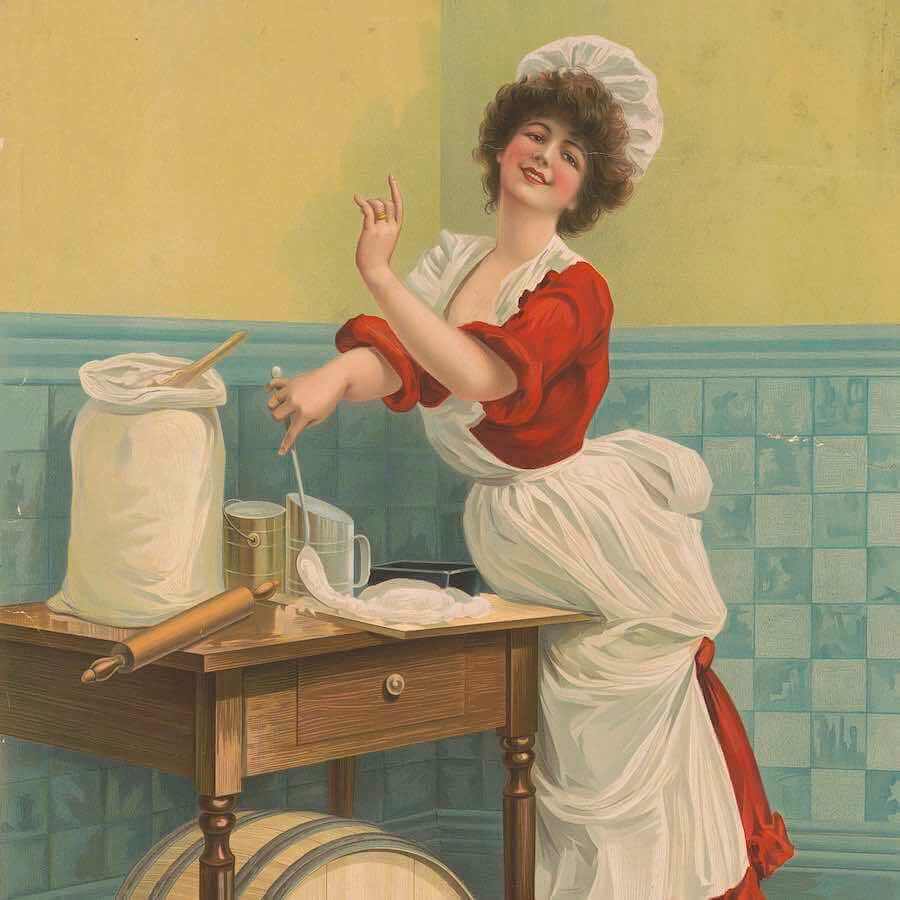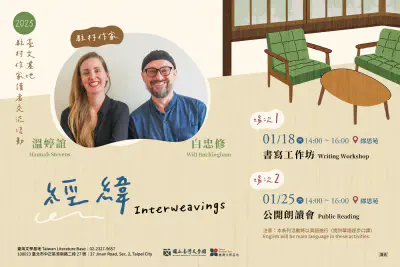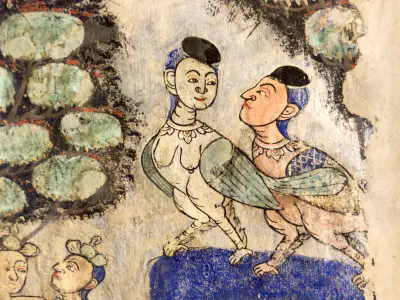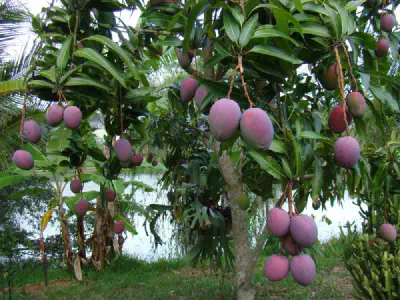The other day, I took a break from my writing desk and went into the kitchen to make bread. There’s something therapeutic about the process of mixing flour and yeast and water, combining it, then turning it out onto the table to knead it into shape.
When I write, sometimes words and ideas start to slip away from me. Things become intangible. At times like this, it is good to roll up my sleeves, head into the kitchen and chuck a bit of flour around. There’s something about making dough, combining it, turning it out, and kneading it into shape that helps me put my thoughts in order. But it’s not really me putting my thoughts in order. I just concentrate on the bread, and my thoughts order themselves. I knead the bread until smooth. I leave it to rise. I shape it into loaves and put the loaves in the oven. And when I return to my desk (a hunk of warm bread in my hand), the process of shaping something real and physical has somehow shifted things. The stories come more easily now. The knots in the writing have been kneaded away. The dough of my storytelling starts to cohere.
A few years ago, while procrastinating over some piece of writing or other, I lost myself in the brilliant Online Etymology Dictionary. And for some reason, I found myself looking up the etymology of the word “fiction”. This is what the dictionary told me.
Fiction (n.) early 15c., ficcioun, “that which is invented or imagined in the mind,” from Old French ficcion “dissimulation, ruse; invention, fabrication” (13c.) and directly from Latin fictionem (nominative fictio) “a fashioning or feigning,” noun of action from past participle stem of fingere “to shape, form, devise, feign,” originally “to knead, form out of clay,” from PIE root *dheigh- “to form, build.”
Proto-Indo-European is a language reconstructed by scholars. The languages of the Indo-European family — which includes English, German, French, Greek, Hindi, Farsi, Albanian and Gaelic — share common features. So scholars have abstracted from these living languages to reconstruct a picture of what their shared ancestor language may have looked like.
I liked the idea that fiction is about shaping, forming or kneading. It was a really physical way of talking about what it means to fashion stories. So I continued poking around the dictionary and looked up the root dheigh. And it turned out that ____dheigh was the root of another everyday English word: “dough.”
This is what the dictionary said.
Dough (n.) “mass of flour or meal moistened and mixed for baking,” Middle English dogh, from Old English dag “dough,” from Proto-Germanic daigaz “something kneaded” (source also of Old Norse deig, Swedish deg, Middle Dutch deech, Dutch deeg, Old High German teic, German Teig, Gothic daigs “dough”), from Proto-Indo-European (PIE) root *dheigh “to form, build.”
There was something wonderful, and somehow right,about realising the words “fiction” and “dough” shared the same root. It said something about the process of shaping stories and the process of shaping loaves of bread, and how the two things were similar.
Since then, I’ve thought a lot about dough and fiction, and how—whether you are making bread or making stories—you’re doing more or less the same thing.
So this is how you make a story. You take your raw materials. You combine the ingredients in the right proportions. You knead them well until they become one single thing: a sleek and silky dough. Then, if you are wise, you step away from the desk or from the kitchen table. You let the dough rise. You allow the ideas to multiply. You don’t interfere too much because poking around makes your final product heavy and unpalatable. And then you return—not too early, but not too late—to refashion and shape what you have made.
You may need to go through this process several times: kneading the dough, letting it rise, knocking it back, and leaving it to rise once again. But when it is ready, you can put it in a hot oven to cook. You send it out into the world, email it to your publisher, click “send” on your newsletter or click “publish” on your blog. And if all goes well, you end up with something that can nourish not just yourself, but others too.
So think of this the next time you find yourself sitting with a slice of toast in one hand, and a book by your favourite author in the other. Bread and fiction may be made from different raw materials. But the processes by which they are fashioned are more or less the same.
And if you get stuck telling stories, there is no better remedy than rolling up your sleeves and heading into the kitchen.
First published on Creators’ Hub.
Image: public domain, Library of Congress via Wikimedia Commons.



